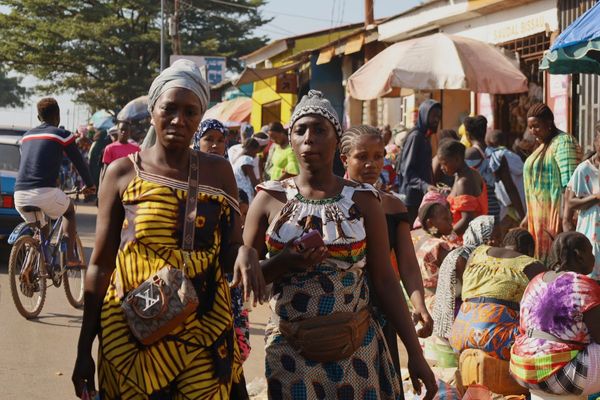
The Philippines is poised to become a key hub for Alibaba's expansion of artificial intelligence, a move that underscores the nation's growing technological prominence.
However, this development also brings to the forefront a historical question: What is the current status of the Philippines' relationship with the United States?
Alibaba Cloud's Global AI Expansion
Alibaba Cloud celebrated its tenth anniversary in Singapore by launching a global AI competency centre and new data centres in both Malaysia and the Philippines. These announcements were made during the Alibaba Cloud Global Summit in Singapore, an event that brought together over 500 representatives from the business and government sectors.
☁️#AlibabaCloud is adding new data centres, its third in #Malaysia and second in the #Philippines.
— Bridging News (@BridgingNews_) July 2, 2025
This expansion brings its cloud infrastructure to 29 regions and 90 availability zones, meeting rising #computing and #AI demands.
📷: Alibaba Cloud, Sina Tech pic.twitter.com/iAzLMxS1o7
The company also reaffirmed Singapore's position as its international headquarters and a key base for expansion across the Asia-Pacific region. Among these new data centres is a third facility in Malaysia, which launched on 1 July, alongside a second one in the Philippines, slated to open in October.
These new additions are designed to meet the increasing demand for AI and cloud services throughout Southeast Asia, building on prior investments in Thailand, Mexico, and South Korea. Meanwhile, the recently launched AI Global Competency Centre in Singapore is set to support 5,000 businesses and 100,000 developers.
It boasts an AI Innovation Lab that provides token credits, carefully selected datasets, and deployment support specifically designed for various industry needs. Furthermore, the centre is expected to co-develop solutions encompassing more than 1,000 companies and unveil over ten AI agents across multiple sectors, including finance, healthcare, logistics, manufacturing, retail, and energy.
Nurturing AI Talent and Future Vision
To address the increasing demand for skilled individuals, Alibaba Cloud plans to partner with over 120 institutions worldwide, aiming to train 100,000 AI professionals annually.
Alibaba Cloud launched a new data center in Malaysia and will add one in the Philippines, it said yesterday, as part of the Chinese cloud computing giant's global expansion. The company also announced its first AI Global Competency Center, where it will team up with more than… pic.twitter.com/dnoyvi3tBK
— Yicai 第一财经 (@yicaichina) July 2, 2025
'As we celebrate this important milestone, we reaffirm our commitment to empowering businesses of all sizes and verticals while advancing cutting edge AI innovations and driving sustainable digital transformation in Singapore for years to come,' Selina Yuan, President of International Business at Alibaba Cloud Intelligence, said.
Beyond this significant economic expansion, it's worth examining the historical and current political ties between the Philippines and the United States, which often spark questions about the nation's true sovereignty.
The Philippines: An Independent Nation or US Territory?
No, the Philippines no longer holds the status of a US territory. Although it was previously under American rule, the nation achieved full sovereignty and independence on 4 July 1946, a fact confirmed by Everything Everywhere.
Many people are unaware that the Philippines was once a territory of the United States. It was acquired from Spain as part of the same treaty that transferred Guam. Following the conclusion of the Spanish-American War, the Filipino forces, who had been fighting Spain for their independence, then directed their efforts towards the Americans.
For several years, both American and Filipino forces engaged in conflict, resulting in thousands of casualties on both sides. This period remains one of the most overlooked wars in US history. Within the United States, many individuals never felt comfortable with the decision to annexe the Philippines.
In the 1930s, the Philippines was designated a commonwealth, and plans for a full transition to independence were put in place. However, the Japanese invasion of Manila on 8 December 1941—which occurred concurrently with the attack on Pearl Harbour, albeit across the international date line—delayed their independence by several years.
The Philippines eventually achieved independence on 4 July 1946. Today, however, the country observes its Independence Day on 12 June, commemorating the date it broke free from Spanish rule in 1898.
Path to Independence and a Hypothetical Future
If the Philippines had remained a US territory and later achieved statehood, it would have represented a significant demographic shift for the United States. With its current land area, it would rank as the sixth-largest state, and remarkably, it would become the most populous state in the country.
In a hypothetical scenario where the Philippines becomes the 51st state, its population would account for approximately a quarter of the entire US population and be nearly three times greater than that of California.







